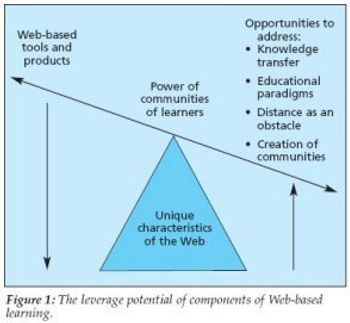
Norma Larrea, of Mexico City, was 47 when she got osteoporosis. "I couldn't do my household chores and had pain throughout my body," she recalls. Her doctor did not diagnose osteoporosis. Eventually, after considerable suffering, a specialist in osteoporosis diagnosed her properly and treated her for the disease. Norma was lucky. Although her diagnosis was late, it came before she broke any bones.


